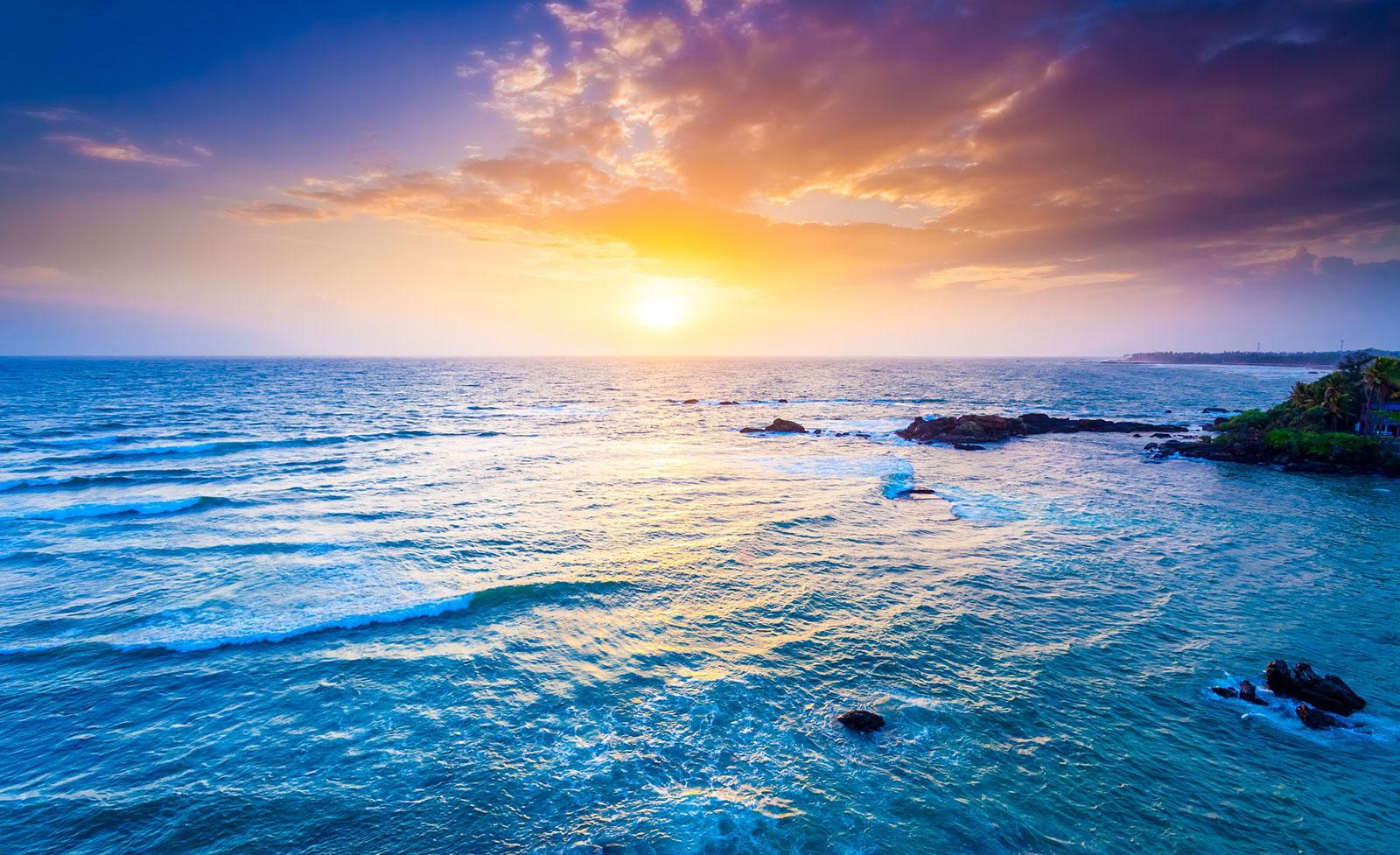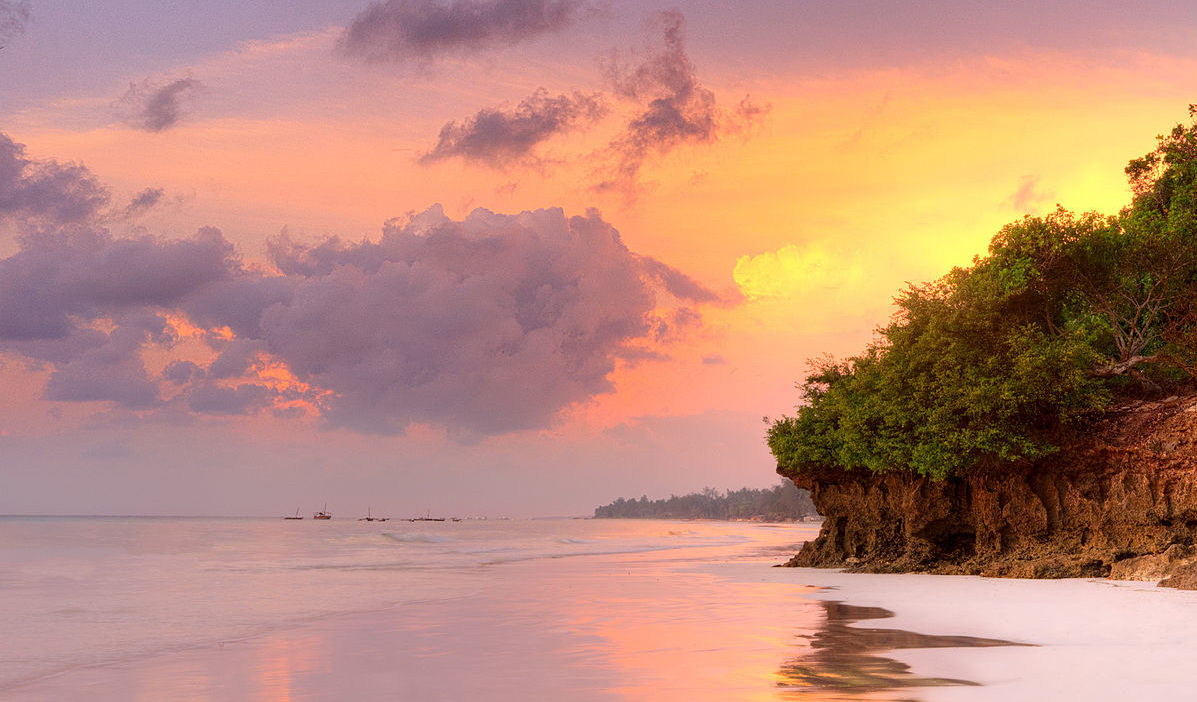
As recent research indicates, South Asian indentured labour was often taken from regions in India where slavery existed. At times, these systems built on existing foundations of labour exploitation. It involved slaves, indentured labourers, political exiles and prisoners who were transported between regions. Their military, transport and communication infrastructure intensified the movement of people across the Indian Ocean world.Īs Clare Anderson has demonstrated, much of this mobility was forced and conscripted.

But by the 19th century, European empires dominated. They created militarised trading-post empires in the Indian Ocean, following Venetian and Genoese precedents in the Mediterranean, and were wont to do business at the point of a gun.Įarly European entrants to the Indian Ocean world initially had to adapt to the trading orders that they encountered. The Portuguese, Dutch and English in the Indian Ocean were strange new traders who brought their states with them. When the Dutch arrived in the Indian Ocean in the 17th century, “they were able to go from one end of it to another by carrying letters of introduction from Muslim sultans on various shores”.Īs Engseng Ho has indicated, these sprawling networks of Muslim commerce operated without the backing of an army or a state. When the Portuguese rounded the Cape in the late 15th century, they entered what many have termed a Muslim Lake, dominated in the north by the Turkish Ottoman, Persian Safavid and Indian Mughal empires. European Colonisation along the Indian Ocean Sufism, a mystical form of Islam is an important strand in the Indian Ocean histories, as is the centrifugal power of the Hajj pilgrimage to Mecca. Together, these groups created a shared economic, spiritual and legal frameworks. In their wake came scholars, theologians, pilgrims, clerks, legal pundits and Sufi divines. By the 14th century, mercantile networks around the Indian Ocean were almost entirely in the hands of Muslim traders.

After reaching their height from the 12th to the 15th centuries, these city states were eventually undone by the Portuguese, who arrived from the early 16th century, seeking to establish a monopoly of the spice trade.Ĭentral to these histories of mobility and exchange in the Indian Ocean has been the spread of Islam across land and sea from the 7th century CE. Stretching a thousand miles from Somalia to Mozambique, Swahili society arose from centuries of interaction between Africa, the Middle East and Asia.Ĭentred on coastal city states like Kilwa, Zanzibar and Lamu, Swahili trade networks reached far inland to present day Zimbabwe and outward to Persia, India and China. The Swahili coast provides another famed example of Indian Ocean cosmopolitanism. The book contrasts the rigidity of borders in the 1980s with the relative ease of movement in the late medieval Indian Ocean. This early cosmopolitan world has famously been explored in Amitav Ghosh’s In an Antique Land, which traces the travels of Abram bin Yiju, a 12th century Jewish Tunisian merchant based in Cairo and later in Mangalore, India. Cities on the shores have sustained deep forms of material, intellectual and cultural exchange, so that the denizens of these ports had more in common with each other than with their fellows inland. Given the long millennia of trade and exchange, one key concern of Indian Ocean studies has been a focus on cultural interaction. In this article we survey both the older and the newer forms of Indian Ocean studies, of surface and depth. Over the past few years, this situation has started to shift. In the age of rising sea levels and climate change, it’s important to learn more about the sea from a material and ecological point of view. Its focus is on human movement with the ocean as a passive backdrop. Yet this work has had little to say about the sea itself. This cosmopolitan world has long fascinated scholars and has become a vibrant domain of research. That’s why the Indian Ocean is the world’s oldest long-distance trans-oceanic trading arena, and is sometimes known as the cradle of globalisation. In the Atlantic, by contrast, winds blow in one direction all year round. The monsoon wind pattern makes the Indian Ocean relatively easy to cross both ways.


 0 kommentar(er)
0 kommentar(er)
